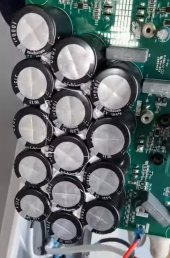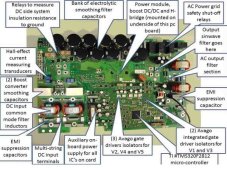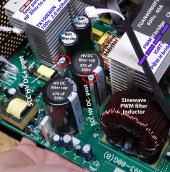Disclaimer: I don't know what the Growatt MIN 3-11.4k TL-XH-US has for HV DC filtering, but something you should know before jumping on what you think is great PV to AC output performance.
HF AIO inverters for PV to AC output power are pretty much same as battery-less GT inverters with the exception that cheap AIO's don't have enough HV DC filtering capacitors to remove 2x line frequency AC ripple current from PV path.
Single phase AC power has a sine squared power AC cycle period profile. PV panels need to have a constant MPP load to extract maximum power from PV panels. Having AC ripple current leak through on panels is like having MPPT point oscillating around the true MPPT point. You need significant energy storage (a lot of energy storage in capacitors) to supply the single-phase AC ripple current to prevent impacting MPP loading on PV panels.
Any AC ripple current that makes it through the SCC controller due to insufficient storage filtering will lower yield from PV panels.
Having twice the GT inverter mode PV to AC output power over battery powered inverter AC output is not very impressive if you lose a lot of PV panel efficiency due to ripple loading at MPPT.
Deye and SolArk have sufficient HV DC filter storage to prevent AC ripple current from showing up on SCC PV panel loading.
Each of these fourteen HV DC filter capacitors are 1000 uF, 315 wvdc rated capacitors.
This is one of the things you are paying extra $$ for.
View attachment 125035
This is a Sunny boy battery-less GT inverter (5kW) with its HV DC filter 'smoothing' capacitors.
View attachment 125041
This is what a typical cheap 5 kW HF AIO inverter has for HV DC filtering. At their maximum PV power input directed to AC output, they have a lot of AC ripple leakage to PV panels reducing panel yield.
View attachment 125036







